Why Chronos for Planetariums?
GBVI optical blending solutions are chosen by leading integrators in the most demanding dome and attractions applications.
We have invested heavily in developing system design tools, mask pattern algorithms and alignment processes to offer industry-leading independent optical blending solutions for integrators, customised to each display design. This results in high-performance blending, superior to any plain-edge or sawtooth mask solutions that are also used and Chronos Glass blend masks can withstand high light flux without degradation.
Essentially it is all about preservation of display dynamic range. Where projected images overlap in a multi-projector display, common content must be seamlessly blended together to result in one continuous scene. Blending may be performed by optical masking or by digital intensity management. If blended digitally, bright scenes will look good but, as average scene intensities drop, an unwanted artifact will start to appear where “leakage” light levels are summed in the overlap regions. Most projectors have limited sequential contrast, which is the ratio of maximum to minimum light output – so they emit ‘leakage’ light even when the image should be black. For example, if 4 projectors blending over 2 rows have a common 4-way overlap, this
leakage will sum to 2 x that of each individual image within the 2-way overlaps and 4 x leakage in the common region.
In dark scenes, this will show as an objectionable bright steps that must be compensated in some way. While digital blending solutions can allow for “infill” to bring all backgrounds up to match the worst-case leakage, this will dramatically degrade the useful dynamic range of the display system, so stars and galaxies will look washed out and low-level detail will be lost, for example. .
Optical blending completely eliminates this issue, as it masks light to roll off the intensities, rather than fading the content Successfully achieving optical blending in high-fidelity environments turns out to be challenging – which is why GBvi has specialised in this field so that we make it easy for display integrators to succeed!
Our custom optical blending solutions are compatible with a wide range of projector configurations, brands and models – including those manufactured by Christie, Barco, Digital Projection, Sony, JVC, Canon, Epson and many others.
Select Planetarium Installations
Maloka Centro Interactivo, Bogotá, Colombia
- Integrator: SCISS
- SCISS Colorspace theatre, and the first 8K 3D planetarium in South America. The 5-channel digital fulldome experience uses GBvi Chronos glass plate blending technology to offer guests a truly seamless and visually stunning display.
- At 22 metres / 72-ft in diameter, the huge dome can seat up to 314 visitors each seeking a new perspective of the night sky.

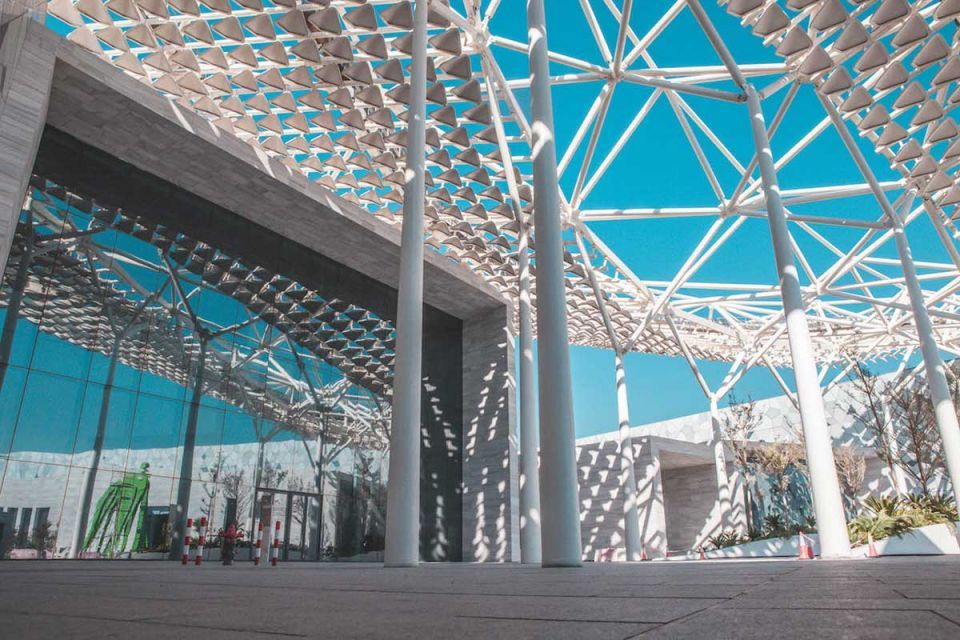
Sheikh Abdullah Al Salem Cultural Centre Planetarium, Kuwait
- Integrator: DJ WIllrich
- The 110 seat digital planetarium features an installation of 5 channels of Chronos Glass / Rewind optical blending with Barco F35 projectors
- The 4,300m² Space Museum contains three galleries – Planetary Science, Space Exploration and Space Academy – alongside a planetarium telling the story of planet earth, the universe and space exploration, and an immersive reconstruction of the International Space Station.
Morrison Planetarium, California Academy of Sciences, San Francisco
- Integrator: SCISS
- SCISS Colorspace theatre, and the first 8K 3D planetarium in South America. The 5-channel digital fulldome experience uses GBvi Chronos glass plate blending technology to offer guests a truly seamless and visually stunning display.
- At 22 metres / 72-ft in diameter, the huge dome can seat up to 314 visitors each seeking a new perspective of the night sky.
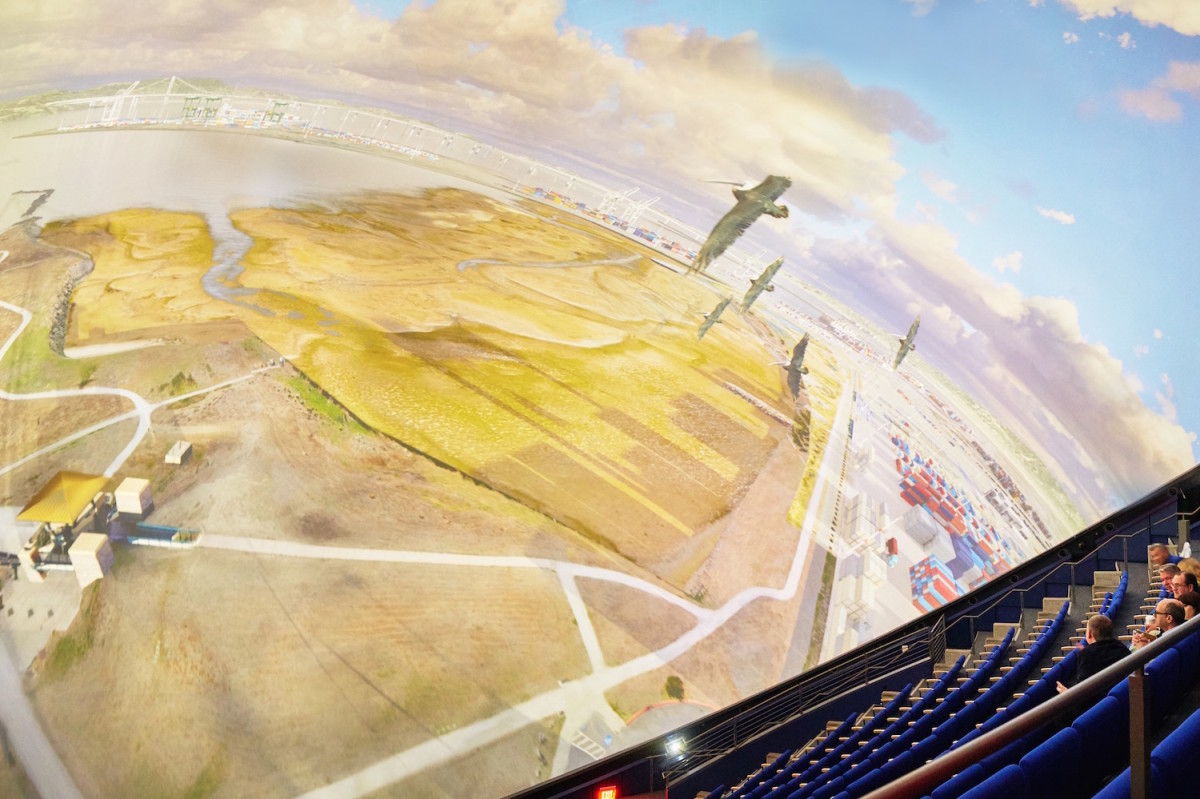

Planetario y Nanoplanetario en MUNCYT Alcobendas, Madrid
- Integrator: RSA Cosmos
- The 110 seat digital planetarium features an installation of 5 channels of Chronos Glass / Rewind optical blending with Barco F35 projectors
- The 4,300m² Space Museum contains three galleries – Planetary Science, Space Exploration and Space Academy – alongside a planetarium telling the story of planet earth, the universe and space exploration, and an immersive reconstruction of the International Space Station.
Zeiss Planetarium, Jena, Germany
- Integrator: VST GmbH
- 261 seat planetarium, 25 metre diameter
- The oldest continuously operating planetarium in the world
- Projectors: 6 x Barco F70-4K6 laser-phosphor
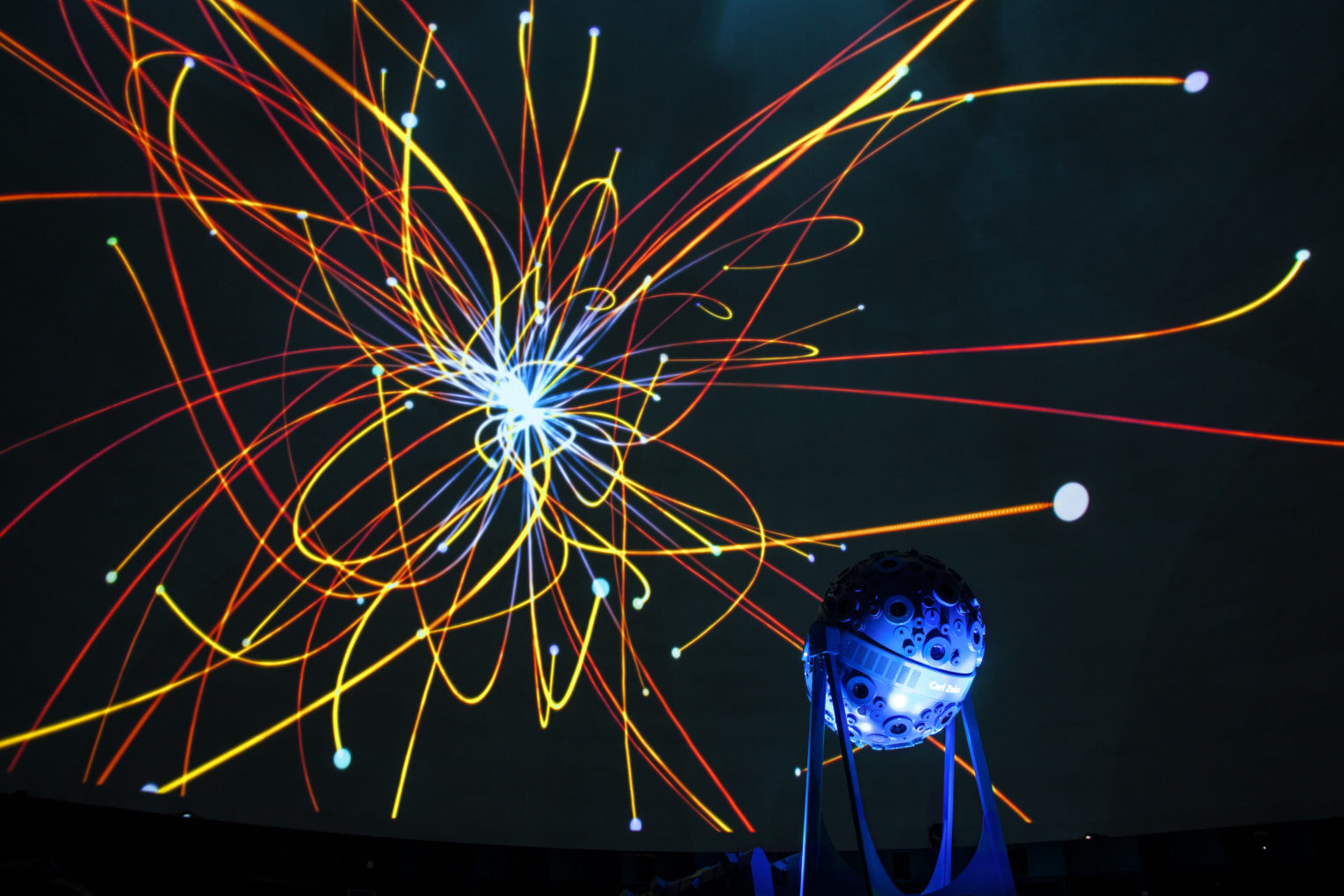
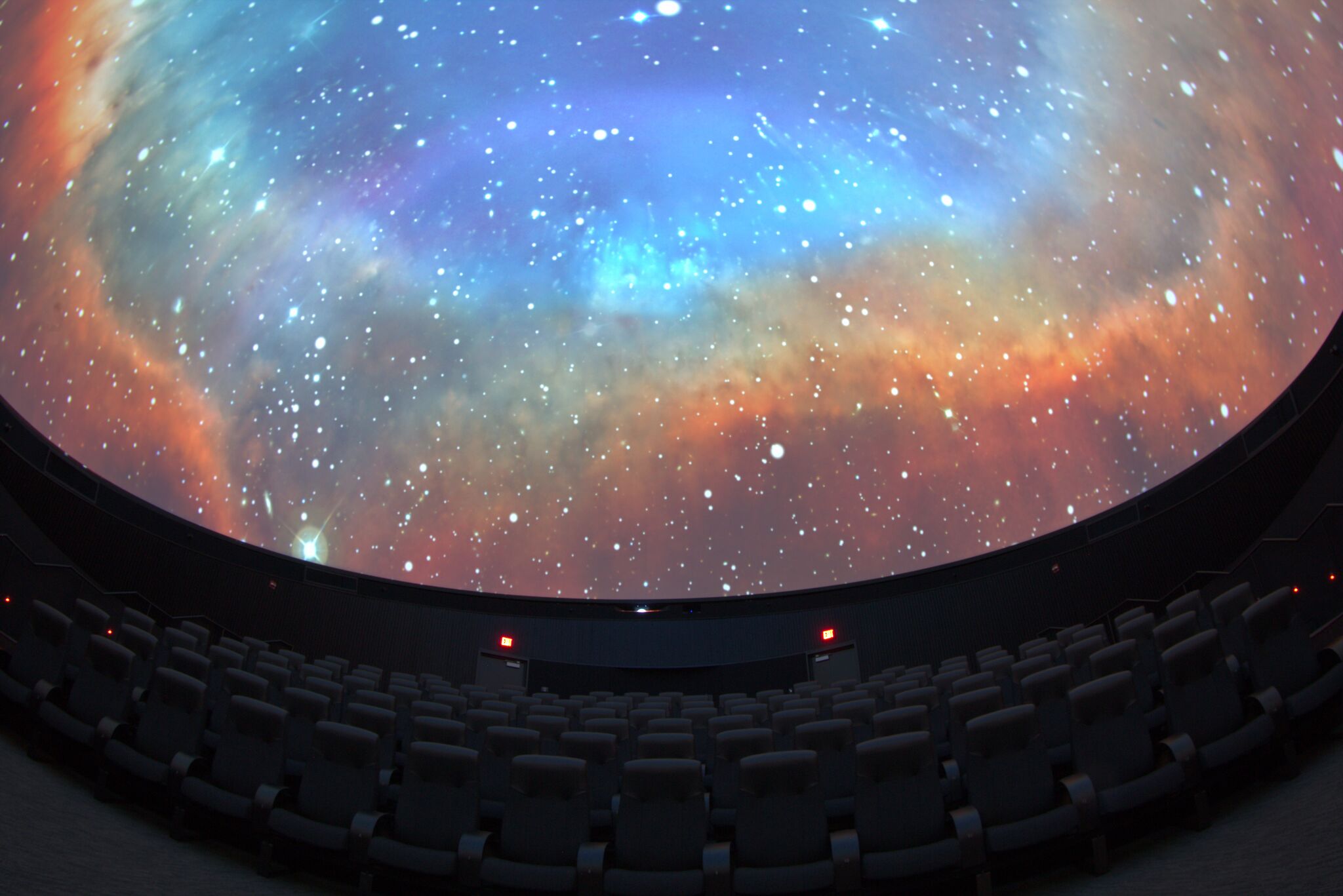
University of Minnesota, Bell Museum, St. Paul, Minnesota, USA
- Integrator: SCISS
- New Build in 2018
- 16 m in diameter, 120 seats
- Display: 2 channels Digital Projection Insight Dual Laser 4K
Mayborn Science Theater, Texas, USA
- Integrator: SCISS
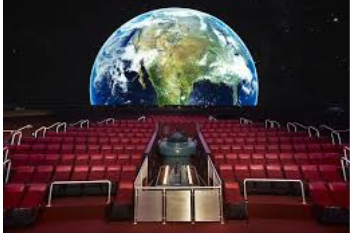
Which Chronos is best for your project?
Designed to enable a seamless image across multiple projector channels, it is ideal for digital planetarium applications.
SUITABLE FOR: VERY HIGH LIGHT OUTPUT PROJECTORS
Addresses the ‘small 4K’ and 8K class of projection systems where some optical trade-offs are most challenging, particularly with laser-phosphor illumination.
For the highest fidelity, continuous time of day (CTOD) scenarios, Chronos Glass: Greyscale is typically our primary recommendation.
SUITABLE FOR: Planetariums and fulldome displays that do not use very high light output projectors.
Designed for use with mask actuation systems and with very high brightness projectors.
SUITABLE FOR: VERY HIGH LIGHT OUTPUT PROJECTORS AND ACTUATED DAY/NIGHT SYSTEMS
How we work
Design
GBvi has extensive projection display design experience and a standard component of our service is to review your display design primarily for compatibility with optical blending.
However, if you would like help with display layout or performance analysis, we would be happy to offer this service.
Cost
Costs vary depending on system complexity. We will have to take into account the number of channels, whether the system is on motion, and whether we are providing display design support for example.
We can provide a proposal on request.
Timescale
An overall project timescale is typically 6-8 weeks, depending on the design complexity.
However, with advanced notice and with quick provision of customer design data we can often turn systems around significantly faster.
Installation
Mechanical Integration
Typical scope of supply:- pre-assembled Chronos frameworks (for installation by experienced display engineers).
Physical fitting is very quick (< 1 hour per channel), provided that interfaces are correct (base plate etc.) and physical access to front of projector is available (e.g., with appropriate lifts or platforms).
Mask Physical Alignment Process
A clearly defined process is provided for the alignment of the mask.
Initial alignment can be systematically achieved in under 1 hour (typically), provided that the display system is assembled with reasonable accuracy to the design data previously agreed. Projectors must also be bore-sighted and positioned to replicate the design, including lens shift and zoom values. Projected fields must be checked so that they fill the dome as per the modelled projection.
If required, GBvi can provide test patterns to assist in mask alignment.
Training services can be provided by GBvi to help reduce project risk
Display design for optical blend compatibility, installation and alignment















